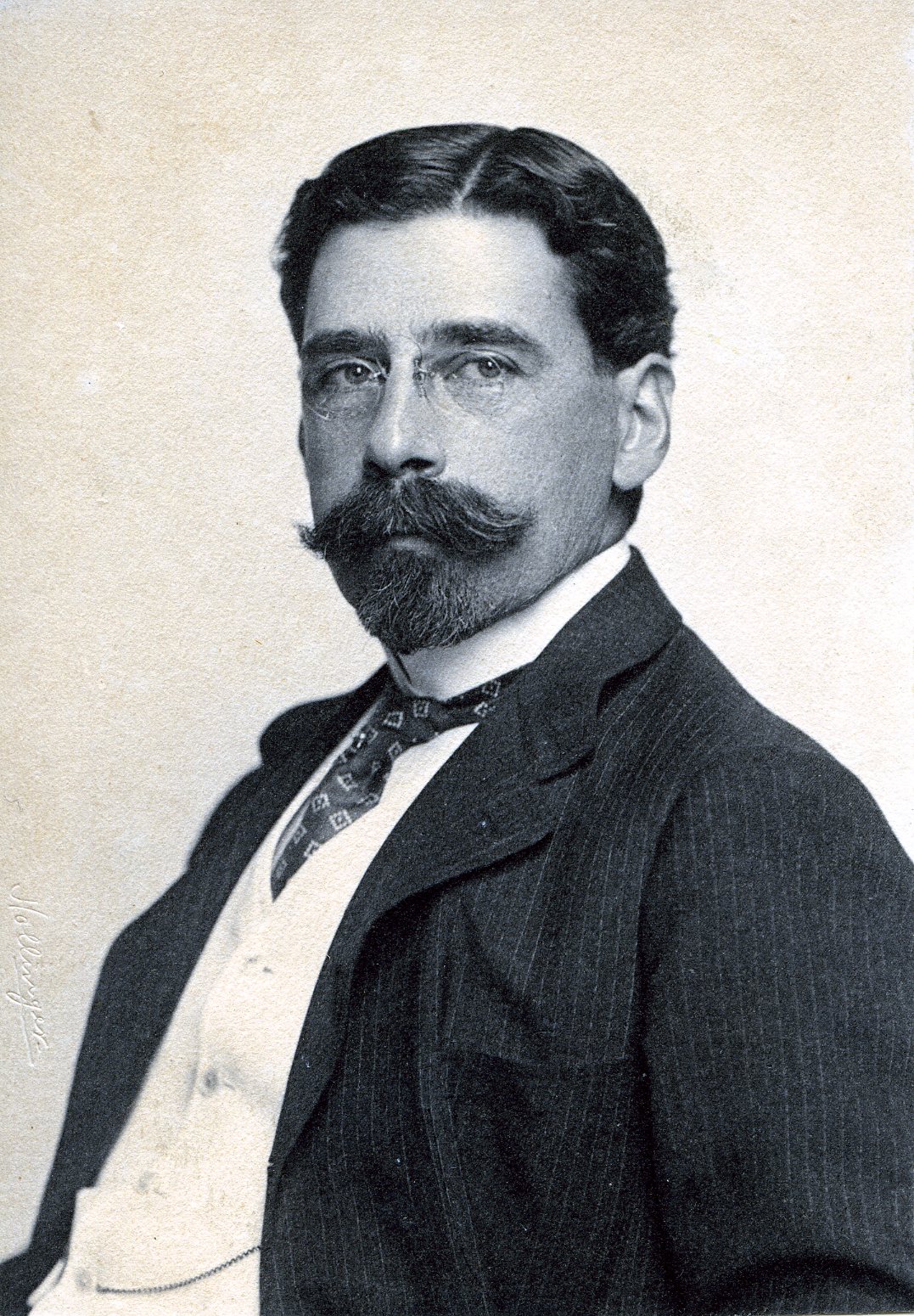Architect
Centurion, 1903–1925
Born 25 September 1857 in New York (Manhattan), New York
Died 14 February 1925 in New York (Manhattan), New York
Buried Salem Fields Cemetery , Brooklyn, New York
, Brooklyn, New York
Proposed by Walter Cook and Frederic Crowninshield
Elected 7 November 1903 at age forty-six
Proposer of:
Seconder of:
Century Memorial
In the recollection of their fellow-Centurions, some members of the Club will always be personally associated with the reading-room of an afternoon, some with the monthly meetings, some with the newspaper file-room, some with the Graham library, some with the billiard-tables. Arnold W. Brunner will certainly be placed in the midday group that discussed the day’s events at the club’s long luncheon-table. In that circle, from which Brunner was not often absent, his ready conversation, apt rejoinder and quickly-kindled humor always gave stimulus to the exchange of views. He was perfectly willing to talk shop if the conversation moved in that direction, and he talked it so extremely well that he rarely failed to give to his interlocutors new viewpoints on art and architecture. That is the part of his conversation which the rest of us will undoubtedly remember, although Brunner never forced his favorite topic, and although he interested himself at once when the discussion turned to other aspects of life and professional achievement.
Brunner’s own professional achievement was in several ways remarkable. Not perhaps an architect of the highest imaginative genius, his activity in the designing of appropriate and impressive public buildings was absolutely tireless. Hardly an important city in the United States lacks one or more products of his thorough professional ability; sometimes a court-house, sometimes a memorial bridge, sometimes a comprehensive plan for the arrangement of a city’s parks and streets, a work of which he was a master. To the last, contempt for the common-place and banal was his underlying principle. When pressed, as he sometimes was, to reproduce architectural efforts of a period whose appeal was chiefly made to primitive architectural taste, Brunner was always fond of citing the dictum of another old-time Centurion, to the effect that American architecture of that type embodied “the art of covering one thing with another thing to imitate a third thing which, if genuine, would be highly undesirable.”
Alexander Dana Noyes
1926 Century Association Yearbook

